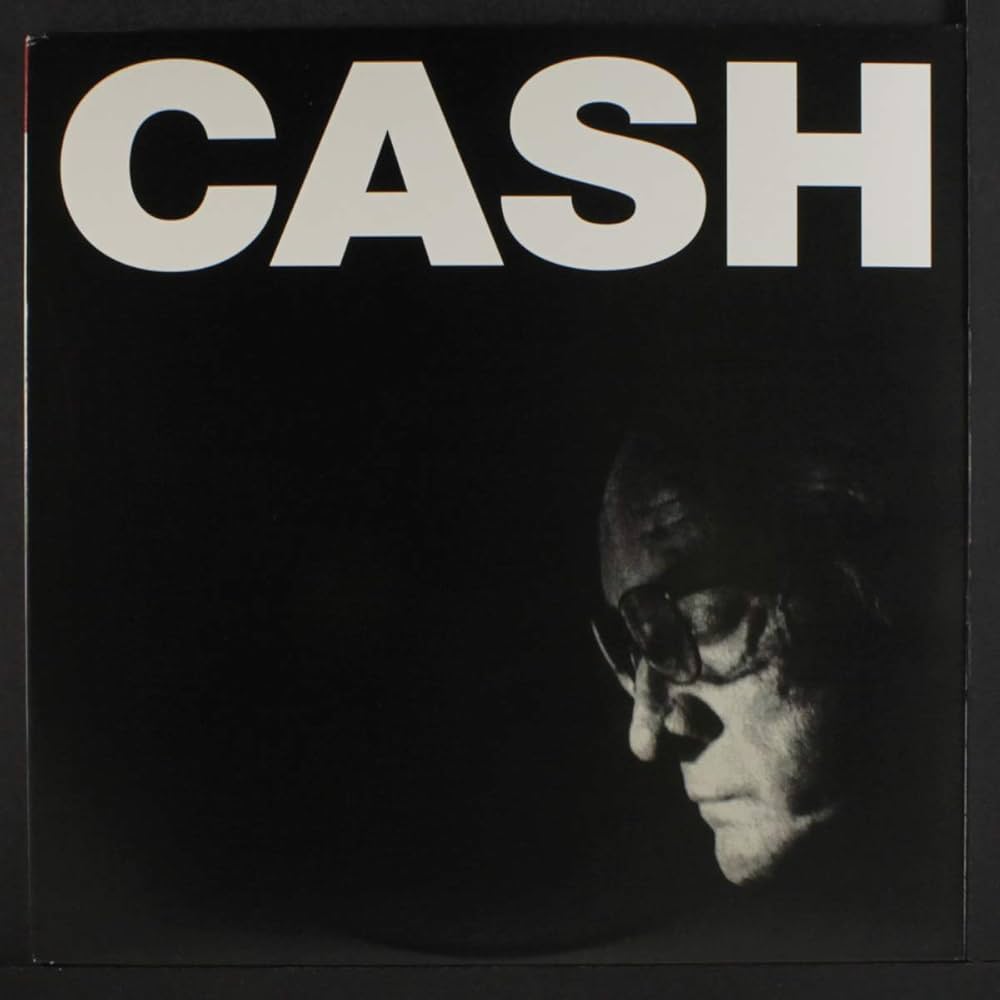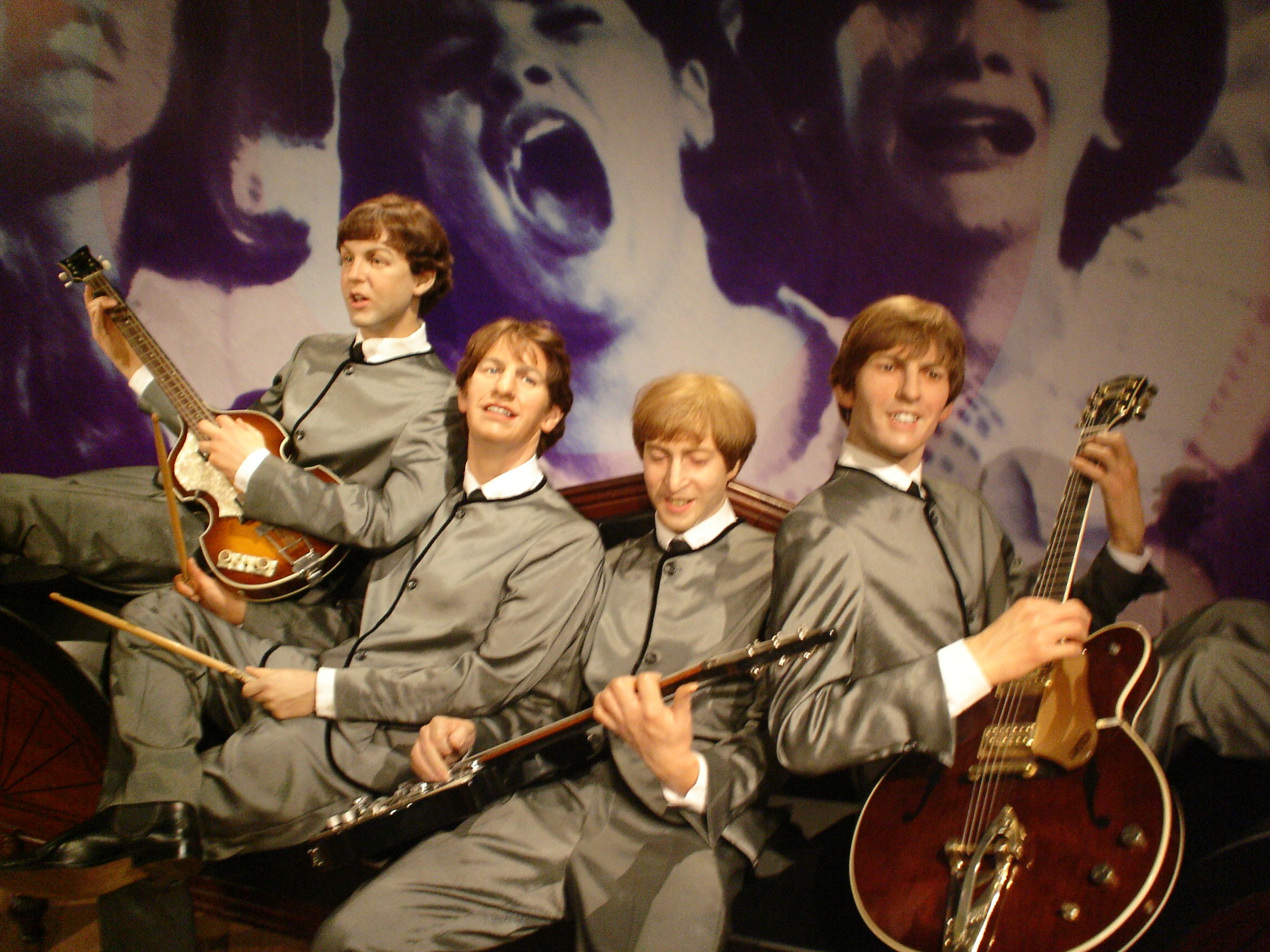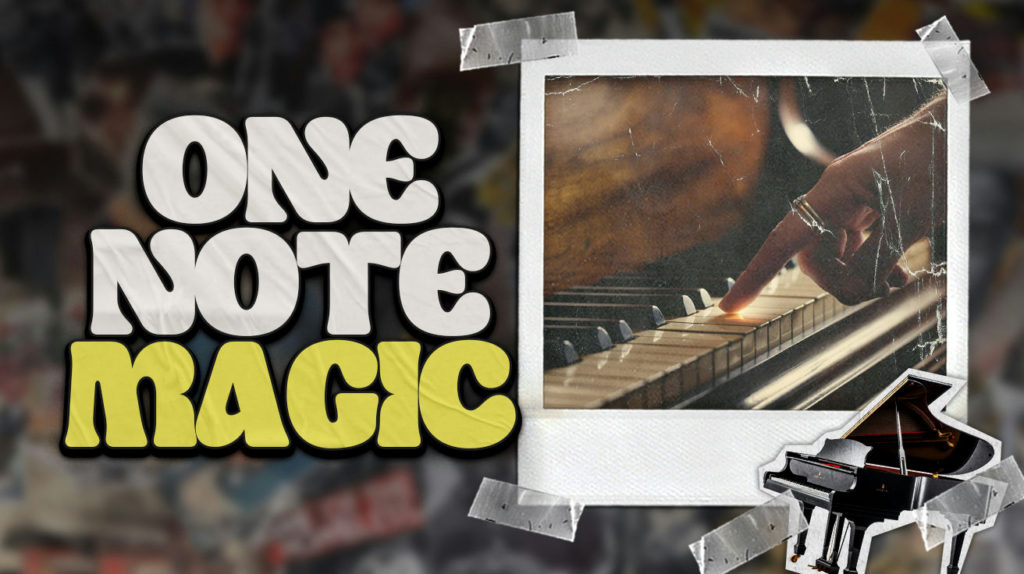
Eighty-eight keys stretch before you like untapped potential, each one waiting to unlock sounds that could stop conversations mid-sentence. These aren’t your grandmother’s practice drills—they’re the same foundation techniques that power everything from Adele‘s “Someone Like You” to John Legend‘s dinner party magic. Skip the years of frustration and dive into methods that create compelling music from day one.
The “Someone Like You” Foundation: Simple Melody + Thumb Bass

Adele built a Grammy-winning empire on this exact technique. Your right hand plays melody (E, F, E, F, D, F) while your left thumb pulses an A below middle C on beats 1 and 3. Position your right hand over middle C, thumb to pinky spanning C through G.
“Two hands, full band—that’s the real piano power move.”
This creates the illusion of a complete arrangement using just ten fingers. Master each hand separately at 60 BPM, then combine. Once your coordination locks in, experiment with different bass notes to shift the emotional landscape—the same technique that makes coffeehouse covers so addictive.
The “Let It Be” Progression: Four Romance Chords (Getting Attention)
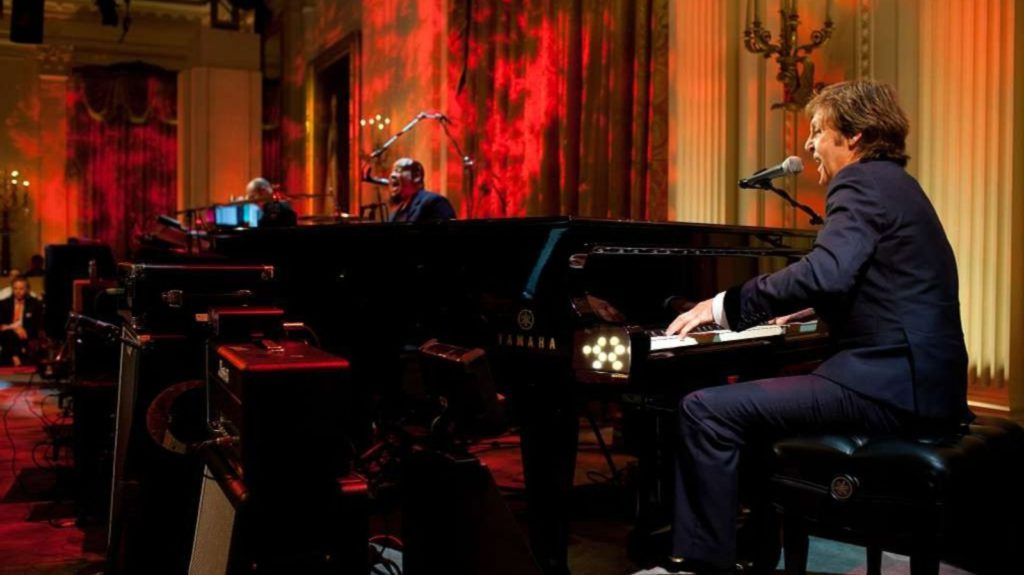
Paul McCartney knew what he was doing—E minor, C major, G major, D major powers half the songs in your streaming library. Position your left hand for E minor (E and B), then play each chord four times before transitioning. This progression mirrors emotional storytelling: yearning, warmth, anticipation, resolution.
“Four chords, infinite possibilities—ask any busker making rent on the subway.”
Practice smooth transitions first, then add dynamics. Start E minor softly and build intensity through the progression. This creates narrative arc that pulls listeners into your musical world—the same psychological hook that makes Ed Sheeran‘s acoustic sets irresistible.
The Arpeggiation Flow: Romance Chords (Creating Movement)

Take those same four chords but break them into flowing patterns—lowest to highest note, then reverse. This transforms static blocks into liquid conversation, the technique behind everything from Coldplay‘s “Clocks” to countless film scores that make you feel things.
“Arpeggiation is musical quicksand—once people hear it, they can’t pull away.”
Focus on consistent timing and even touch between notes. The space between notes creates hypnotic movement that invites closer listening. Master this pattern and you’ll understand why Hans Zimmer‘s soundtracks feel so inevitable.
The Obsession Pattern: Triple Repetition Intensity

Use E minor, C major, G major, D major, but play each chord three times before moving forward. This creates circular, compulsive energy—like The xx‘s minimalist approach or the insistent pulse that makes Radiohead‘s “15 Step” so unsettling.
“Repetition becomes obsession—the musical equivalent of checking your phone every thirty seconds.”
The triple repetition builds tension without resolution, creating psychological momentum. Master the basic pattern, then experiment with accenting different beats within each repetition. This demonstrates how rhythm transforms emotional impact without changing a single note.
The Body Language Secret: Emotional Performance Translation

Your physical approach directly affects sound quality—something studio engineers have known for decades. Before playing, internalize the piece’s emotional core, then let that feeling guide your body language. Melancholy pieces require dropped shoulders and slower movements; joyful sections call for buoyant wrists.
“The piano responds to emotions like a seismograph—every feeling becomes sound.”
These aren’t theatrical gestures—they’re technical adjustments that separate bedroom playing from performance-ready music. The same micro-movements that make Alicia Keys‘ live performances feel so intimate work at any skill level.
The Coordination Builder: Rhythmic Drive Pattern
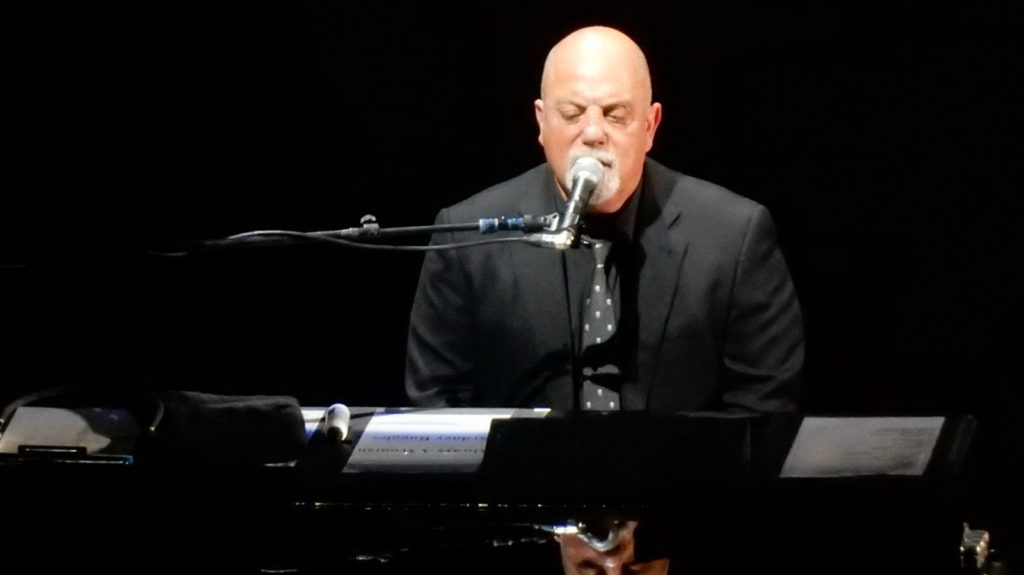
Your right hand repeats E, A, C, D while your left alternates between bass notes and chord tones. This creates the hand independence that defines advanced playing—the same coordination that lets Billy Joel command a stadium with just a piano.
“Think cross-training for your brain—opposing rhythms create productive musical tension.”
Start at 70 BPM, focusing on evenness over speed. The pattern should feel like interlocking gears, mechanical initially but increasingly fluid as muscle memory develops. This builds the foundation for everything from classical pieces to modern pop arrangements.
The Contrast Psychology: Expectation vs Reality

Begin with four random notes played awkwardly with one finger, then transition into confident playing. The contrast creates genuine surprise—the same psychological principle that makes acoustic versions of pop songs so compelling on late-night shows.
“Context shapes perception more than actual notes—use this musical plot twist sparingly.”
Establish the bumbling pattern long enough for listeners to form judgments, then demonstrate complete keyboard mastery. This leverages psychology rather than technical difficulty, proving that sometimes the setup matters more than the execution.
The “Axis Progression”: Four Chords That Rule Pop Music

The I–V–vi–IV progression (C–G–Am–F in C major) forms the backbone of everything from “Don’t Stop Believin’” to “Someone Like You” to “With or Without U2.” This progression works because it creates perfect balance between stability and movement.
“This progression is the musical equivalent of a classic suit—endlessly versatile, always effective.”
Practice these chords in different inversions to find smooth voice leading between positions. Master the progression in multiple keys to understand why session musicians can fake their way through any wedding gig with just these four chords.







